Oberlin Alumni Magazine
Sound and Vision, Summer 2024
August 13, 2024
Oberlin Alumni Magazine

Each issue of the Oberlin Alumni Magazine includes reviews of books, albums and podcasts by Oberlin alums. Please send all press releases and news about forthcoming releases in these areas to alum.mag@oberlin.edu.
Books
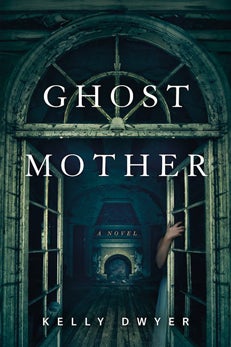
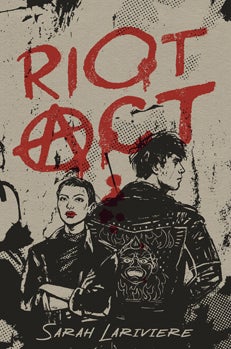
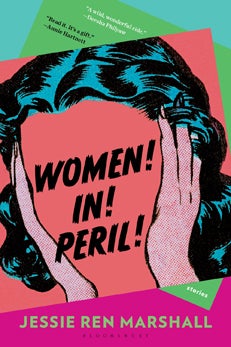
FICTION
Kelly Dwyer ’87, Ghost Mother
(Union Square & Co.)
It’s a common real estate mistake: A buyer impetuously falls in love with a house and goes all-in before learning key details. In Kelly Dwyer’s third novel, Ghost Mother, protagonist Lilly Bly persuades her husband to stretch the budget for a dilapidated estate in their new hometown with the hope their fertility fortunes will improve. “Now that I’d seen this forsaken mansion, its neglectedness calling to me like the big eyes of a regal but mangy greyhound dog at a shelter, I could not imagine living anywhere else,” Lilly recounts. But she quickly learns that the place is known to locals as “the Murder House” and finds herself pulled into a world of ghosts— which may or may not be real. Dwyer weaves light humor into this creepy, psychological page-turner. —Karen Sandstrom
YA FICTION
Sarah Lariviere ’97, Riot Act
(Knopf)
Sarah Lariviere’s thrilling, head-spinning Riot Act is narrated by the wisecracking (and wise) Maximus “Max” Bowl, a teenager recently murdered by men working on behalf of an oppressive government. Unfortunately, such violence is par for the course in a dysto- pian 1991 version of Champaign, Illinois, where anyone expressing anti-American thought is considered an enemy, and figuring out whom to trust is impossible. Max’s surviving friends, Axl and Gigi, turn to high school theater (and their friendship) as their lives spiral more out of control, disrupted by both surging hormones and shifting allegiances. Lariviere’s prose is fresh and incisive as the book critiques authoritarianism, misogyny, and political polarization and offers up art as rebellious solace. And don’t be fooled by the early-’90s setting—the parallels to the present day are pointed and unmistakable. —Annie Zaleski
FICTION
Jessie Ren Marshall ’01, Women! In! Peril!
(Bloomsbury)
In an interview with Honolulu magazine, Jessie Ren Marshall points out that contradiction makes adults uncomfortable: “We erase strangeness and replace it with knowledge.” In the short story collection Women! In! Peril!, she grabs contradiction in a bear hug and files compulsively readable fiction distinguished by humor, despair, and deep social commentary. The title story finds a young woman aboard a spaceship headed away from a ruined Earth recounting her experiences through tweetlike “blurts” that won’t reach their audience for years, if ever. “Annie2” centers on a robot programmed to please and becomes a gift to a teenage boy, with unexpected results. “Dogs” starts as what seems like an average marital breakup story—and just as you’re wondering if there’s any fresh take on the subject, Marshall delivers. —KS
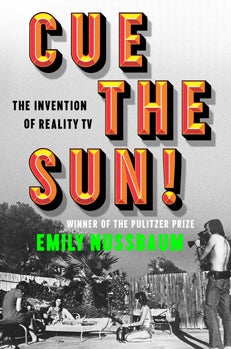
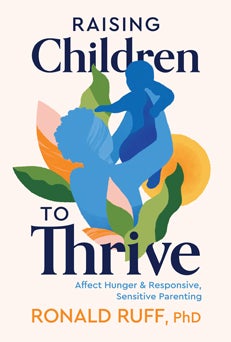
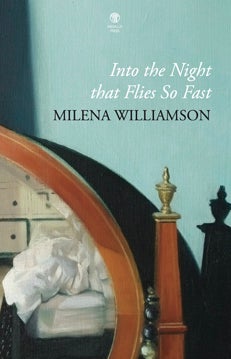
NONFICTION
Emily Nussbaum ’88, Cue the Sun! The Invention of Reality TV
(Random House)
In the crucial, fascinating Cue the Sun!, Pulitzer Prize-winning journalist Emily Nussbaum turns her sharp analytical skills and critical rigor toward the history and impact of reality television. The medium is ripe for such a serious treatment: Drawing on intensive research, including interviews with more than 300 sources, the book takes a comprehensive look at early influences (An American ;Family, The Dating Game), groundbreaking series (MTV’s The Real World, Survivor), and culture-shifting juggernauts (The Bachelor, The Apprentice). Using crisp and entertaining prose, Nussbaum dissects reality television’s moral lapses, ethical dilemmas, logistical challenges, and (of course) headline-grabbing drama. In the end, Cue the Sun! argues successfully that reality television both reflects and propels culture. —AZ
NONFICTION
Ronald Ruff ’67, Raising Children to Thrive
(Books Forward)
Twenty-first-century parents wondering how to raise happy, healthy children are awash in advice, much of it contradictory. In Raising Children to Thrive, Ronald Ruff uses his 48 years as a clinical psychologist to make the case for tender, thoughtful, interactive parenting, especially during the first years of a child’s life. Ruff concentrates on affect hunger, a baby’s innate need for closeness and physical touch from a primary caregiver, typically the mother. Today’s better understanding of neuroscience has helped shed new light on child development. Using contemporary science and anecdotes from his experience treating patients who were deprived and neglected (some of this is quite grim), Ruff provides a persuasive and compassionate guide for those involved in the care and feeding of new humans. —KS
POETRY
Milena Williamson ’17, Into the Night That Flies So Fast
(Dedalus)
Nearly 130 years ago in Ireland, Bridget Cleary was murdered by her husband, Michael. With the help of others, he set her on fire, convinced Bridget was a fairy changeling, or a kind of magical impostor. The crime has inspired nursery rhymes, books, music, and podcasts. Now comes Milena Williamson’s Into the Night That Flies So Fast, an arresting “docupoetry” collection that unfolds as Bridget, Michael, relatives, and townsfolk step onstage to impart their versions of events. In “My Actions Are Their Dreams,” Bridget gives voice to the contradictory gossip about her: I was thin as a wisp / or I rode a white horse / I held dances in my house / or I was bedridden for years. This debut collection bears rereading. —KS
Albums
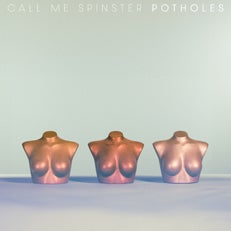

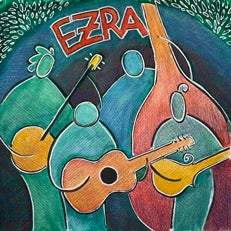
Call Me Spinster, Potholes
(Strolling Bones)
Call Me Spinster—a trio of sisters that includes vocalist/ multi-instrumentalist Amelia Graber Jacobs ’07—defies categorization on a smart, thoughtful debut album, Potholes. The Chattanooga-based band crafts bewitching soundscapes rooted in burbling synth-pop (the Robyn-inspired “Feet Are Dirty”), dewy indie (“Married in My Mind”), stormy folk (“Constantly Dying”), and antique-sounding country (the pedal steel guitar- and accordion-augmented standout “White Lines”). The sisters’ familial harmonies are also magical—conspiratorial on the horn-peppered “Burn the Boxes” and as delicate as a shimmering rainbow on “I Went Down.” Like Waxahatchee? You’ll love Call Me Spinster. —AZ
Chase Elodia ’16, Have, Know, Want
(Biophilia Records)
The cloudy specter of grief hovers over the ambitious Have, Know, Want, the sophomore solo effort from Brooklyn-based composer, drummer, and writer Chase Elodia. Throughout these eight songs, Elodia—who’s also a member of the band Perennials—explores the psychosocial concept of “ambiguous loss,” a painful state of being that manifests in a disorienting emotional fog. Have, Know, Want adroitly (and acutely) captures this concept, led by the sizzling jazz of “Hold” and the tearjerker “Drift,” the latter a somber piano tune written from the perspective of a 95-year-old living with dementia. —AZ
EZRA, EZRA
(Adhyaropa Records)
For the last two Winter Terms, Jesse Jones, associate professor of composition, and Conservatory composition major Max Allard ’25 have focused on EZRA, a self-described “progressive blue-grass/chamber ensemble.” Such focused care and dedication is evident on the quartet’s recent self-titled debut album. Driven by Allard’s soulful, thoughtful banjo and Jones’ evocative guitar and piano (as well as mandolin and double bass), EZRA contains nine instrumentals braided with influences from jazz, rock, and classical. It’s a promising first effort that portends great things to come. —AZ
Podcasts
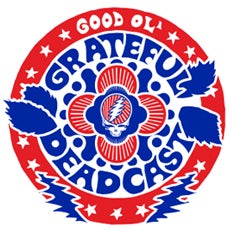
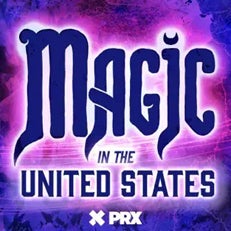
Good Ol’ Grateful Deadcast
(dead.net/deadcast)
Noted Grateful Dead scholar Jesse Jarnow ’01 cohosts the meticulously researched Good Ol’ Grateful Deadcast, the official podcast of the iconic band. The show’s ninth season, launched this past spring, explores the 50th anniversary of the Dead’s pivotal 1974, which encompassed the LP From the Mars Hotel and the legendary run of shows at San Francisco’s Winterland Ballroom. —AZ
Magic in the United States
(magicintheunitedstates.com)
Host Heather Freeman ’07 and producer Amber Walker ’11 recently released the second season of Magic in the United States, a thoroughly fascinating look at “the hidden magical, religious, and spiritual realms of the United States.” Take the story of Montague and Duck, an elderly Virginia couple who “engaged in magical racketeering” during the early 1900s, leading to an absorbing discussion about Appalachian folk practices and folklore. Magic in the United States more than delivers on its promises that “the mystical, mysterious, and misunderstood is happening all around us.” —AZ
Tags:
You may also like…
Voices Carry
March 13, 2025
Grammy-certified vocalist and viola da gamba player Ari Mason ’14 finds her niche in video games, films, and a vocal library.
London Calling
March 13, 2025
For Tracy Chevalier ’84, the Oberlin-In-London program was a magical, intense period of cultural and intellectual stimulation. As the beloved study-away experience celebrates 50 years, the New York Times best-selling author looks back on the semester she spent studying and living in London.
A Banner Held High
February 26, 2025
In 2018, Oberlin College named its main library after civil rights leader Mary Church Terrell, Class of 1884.


